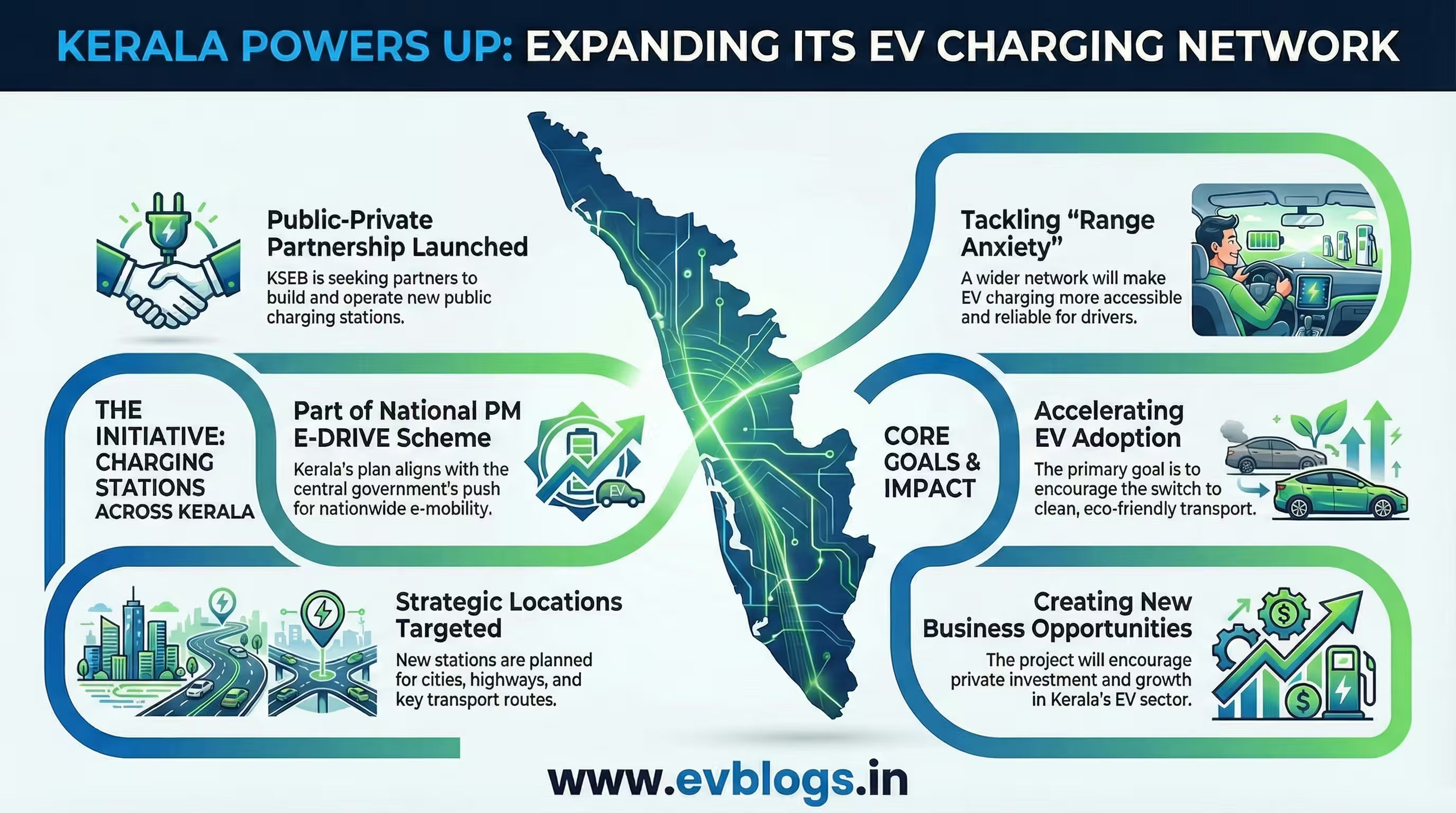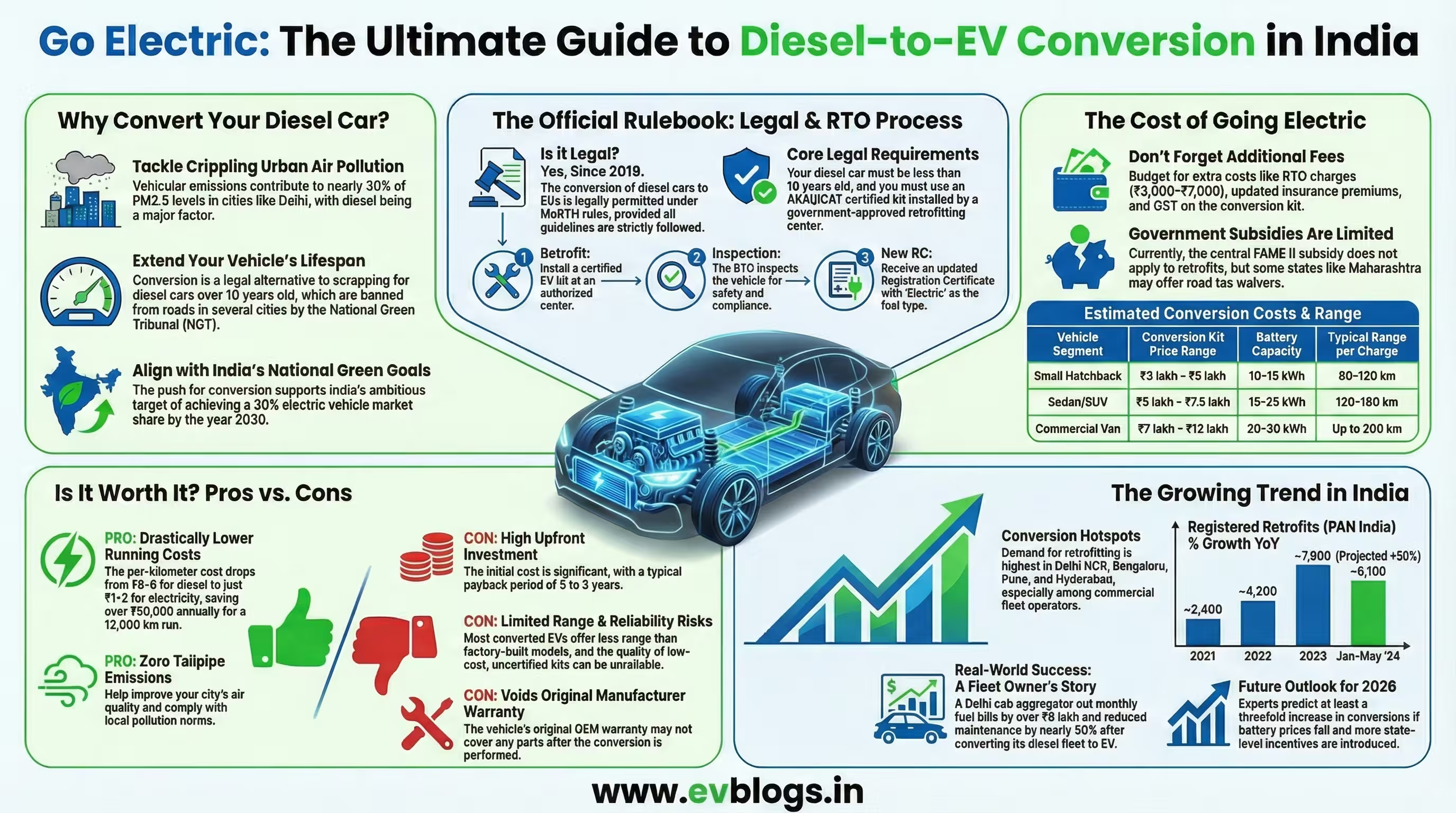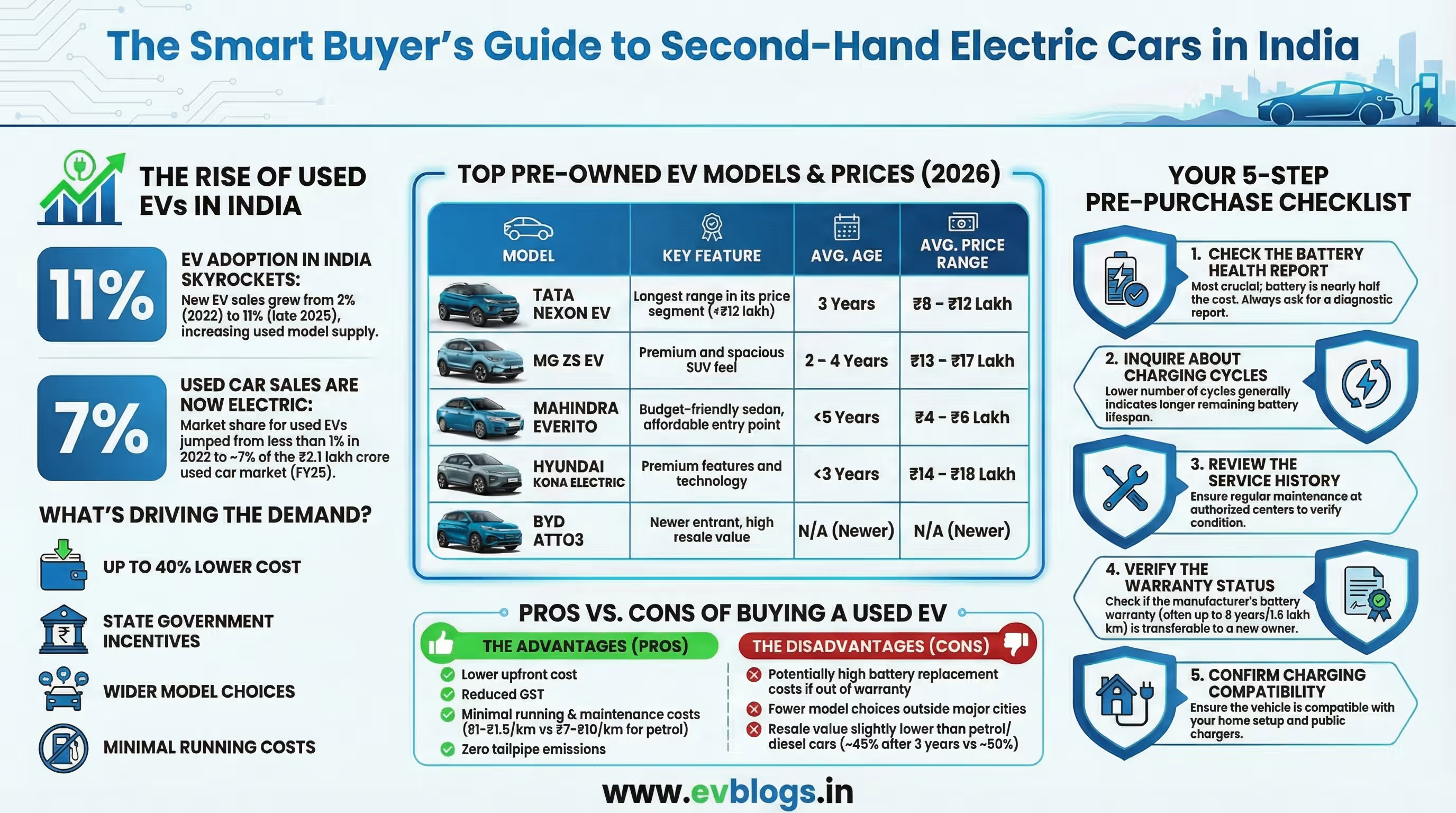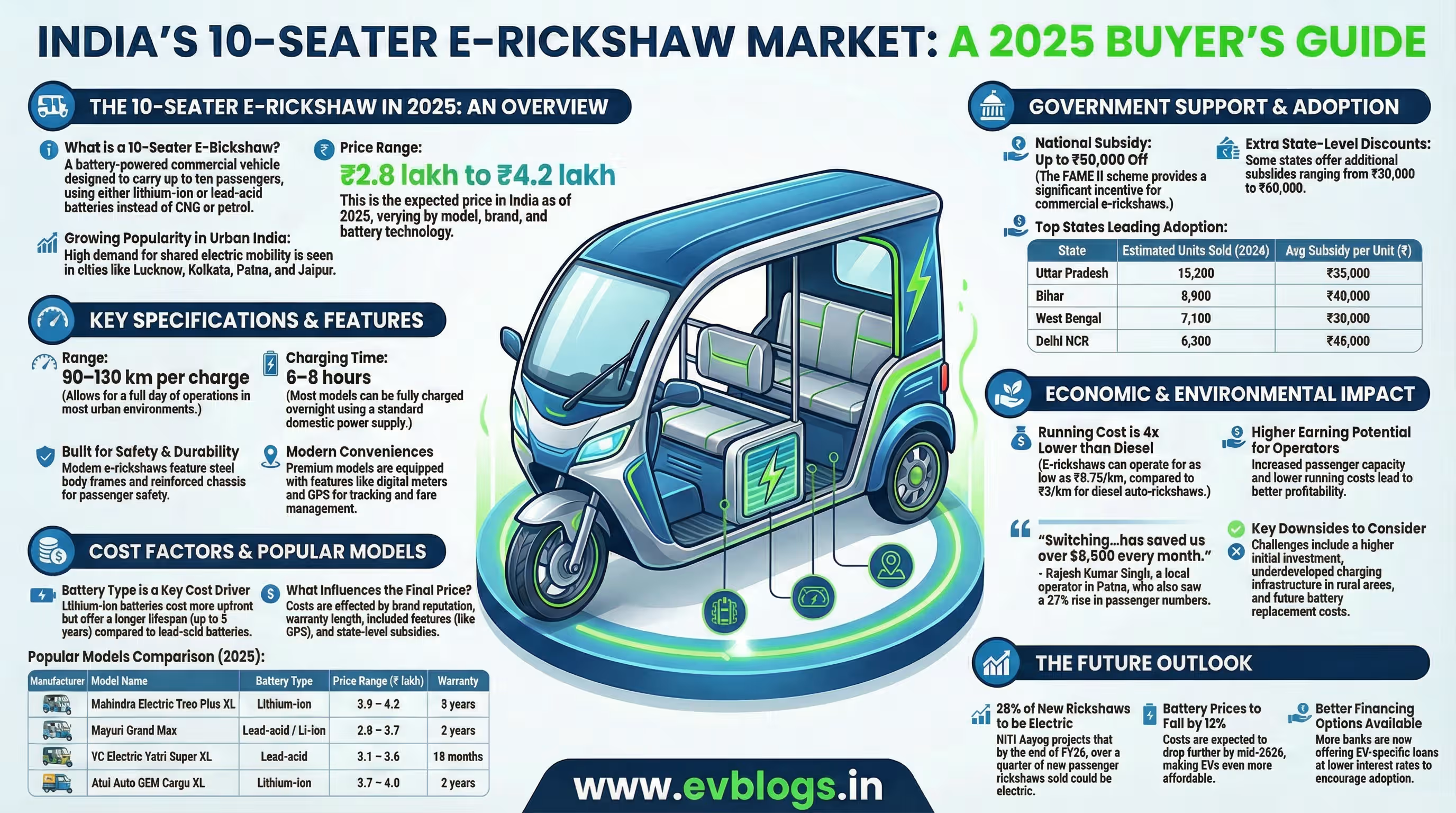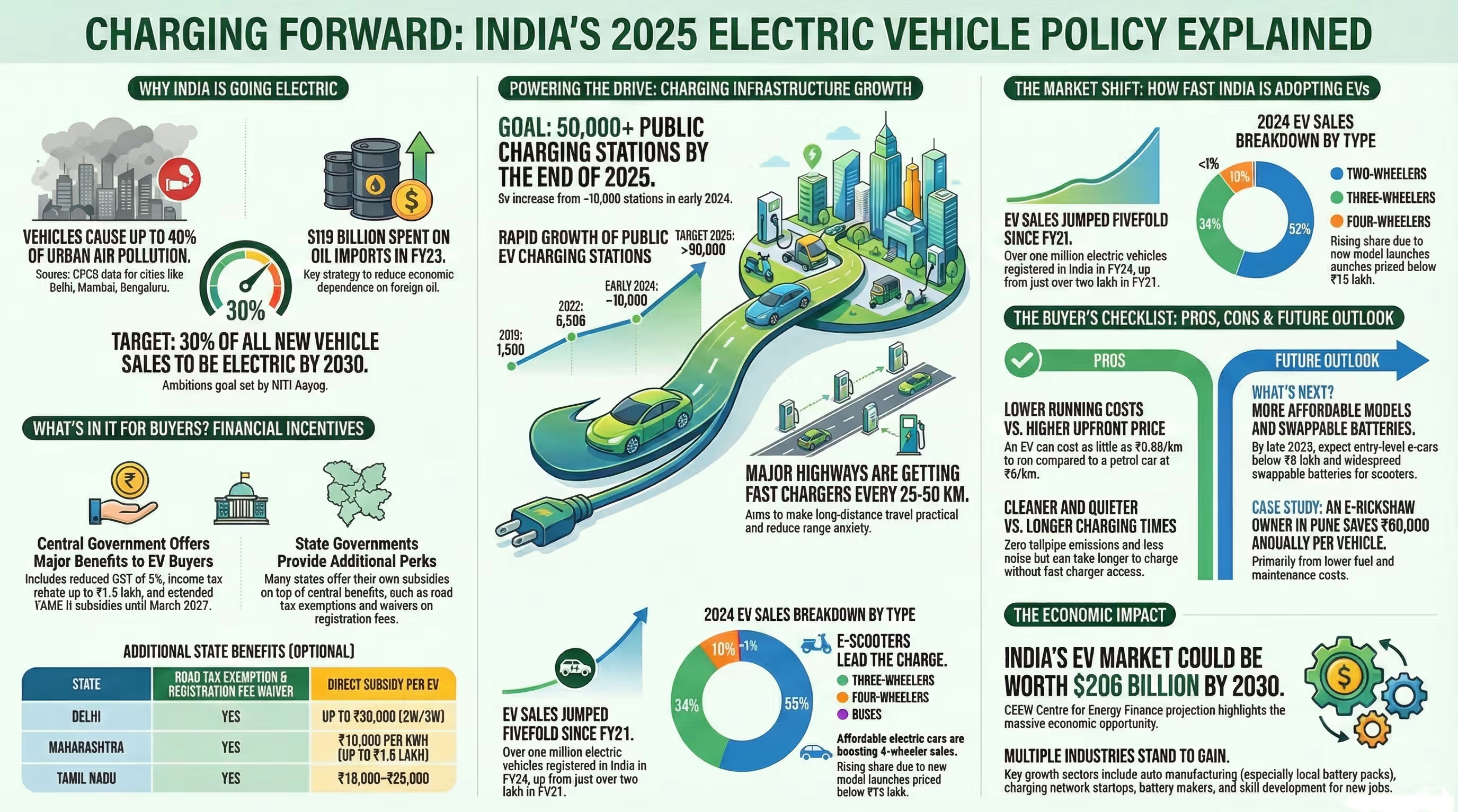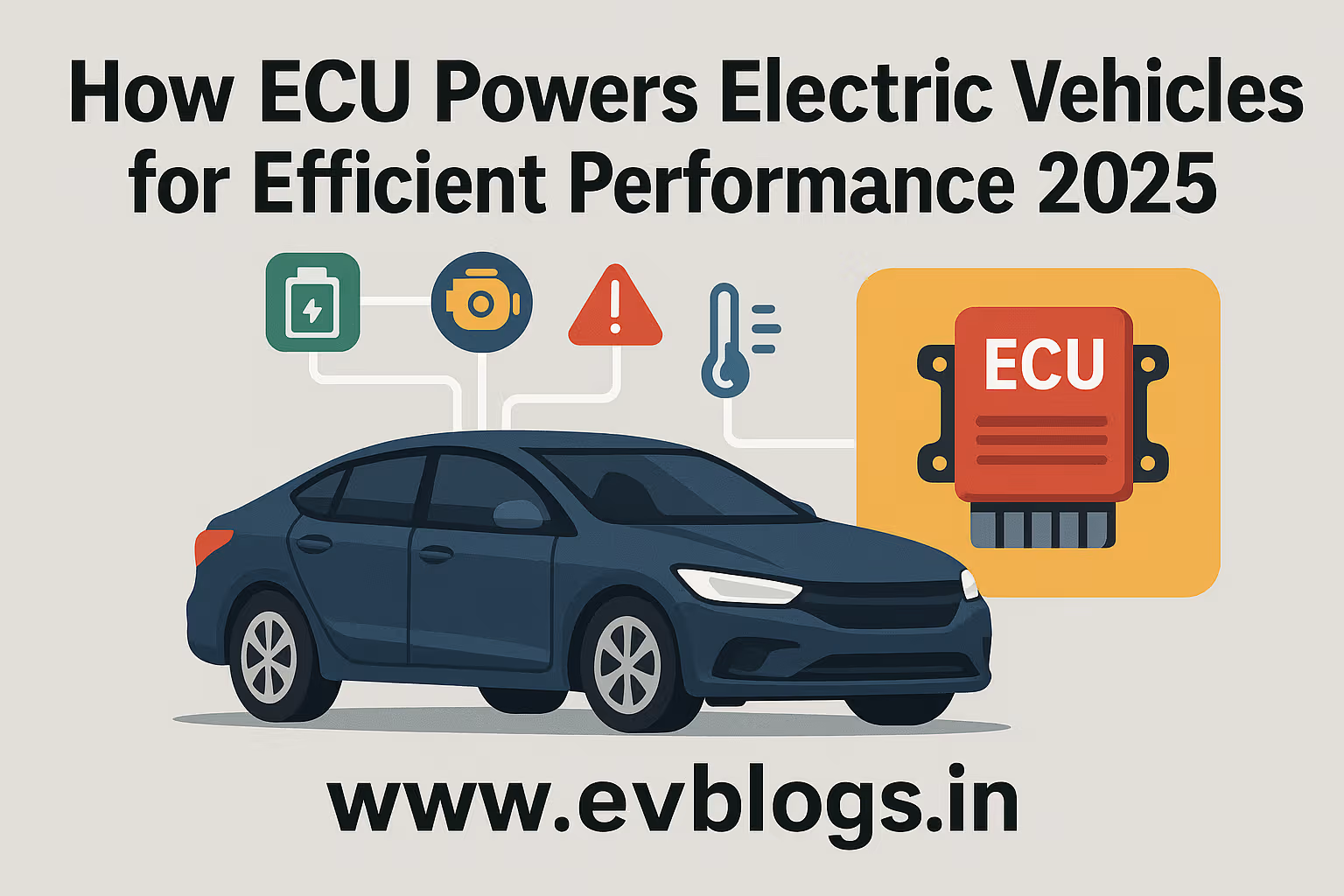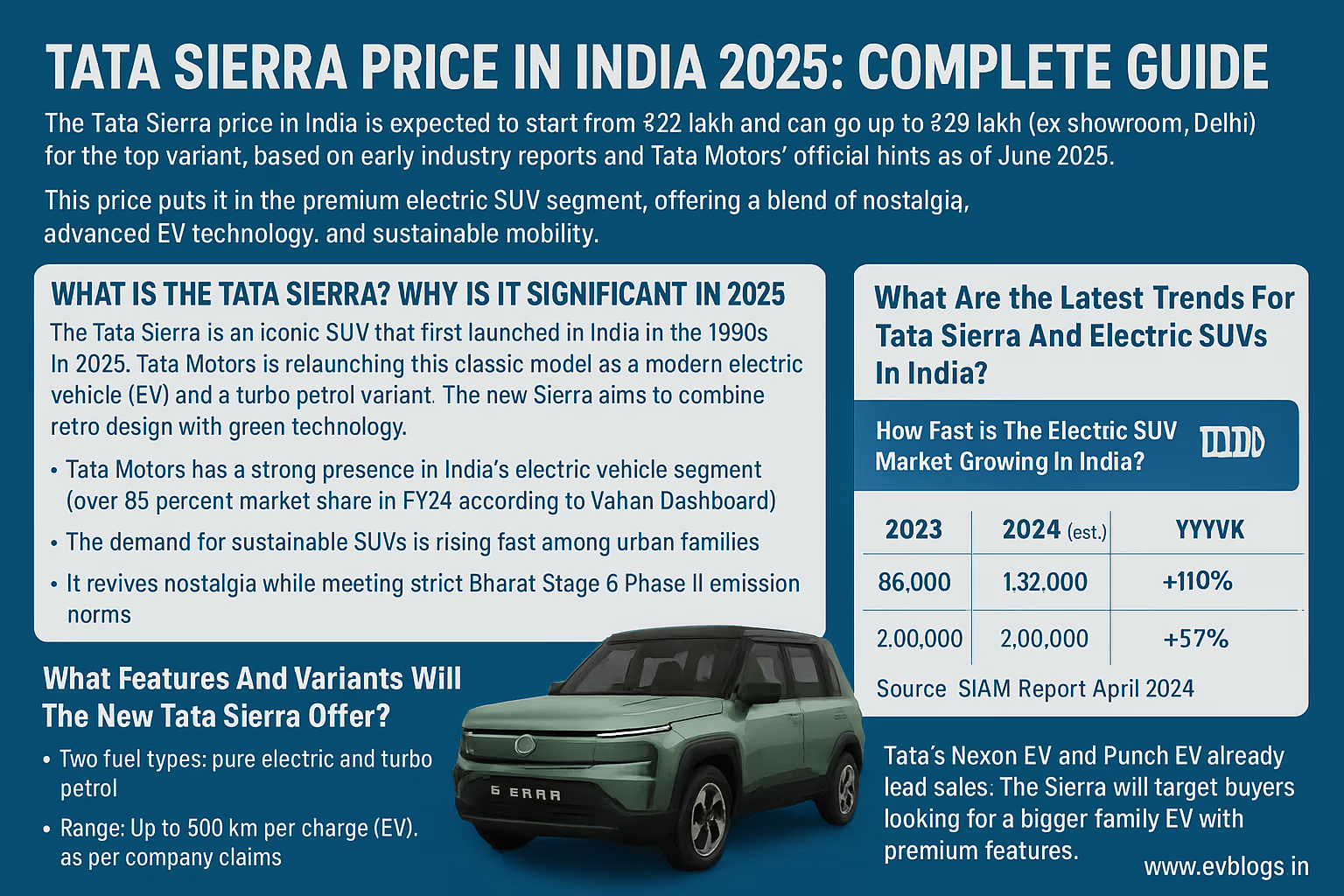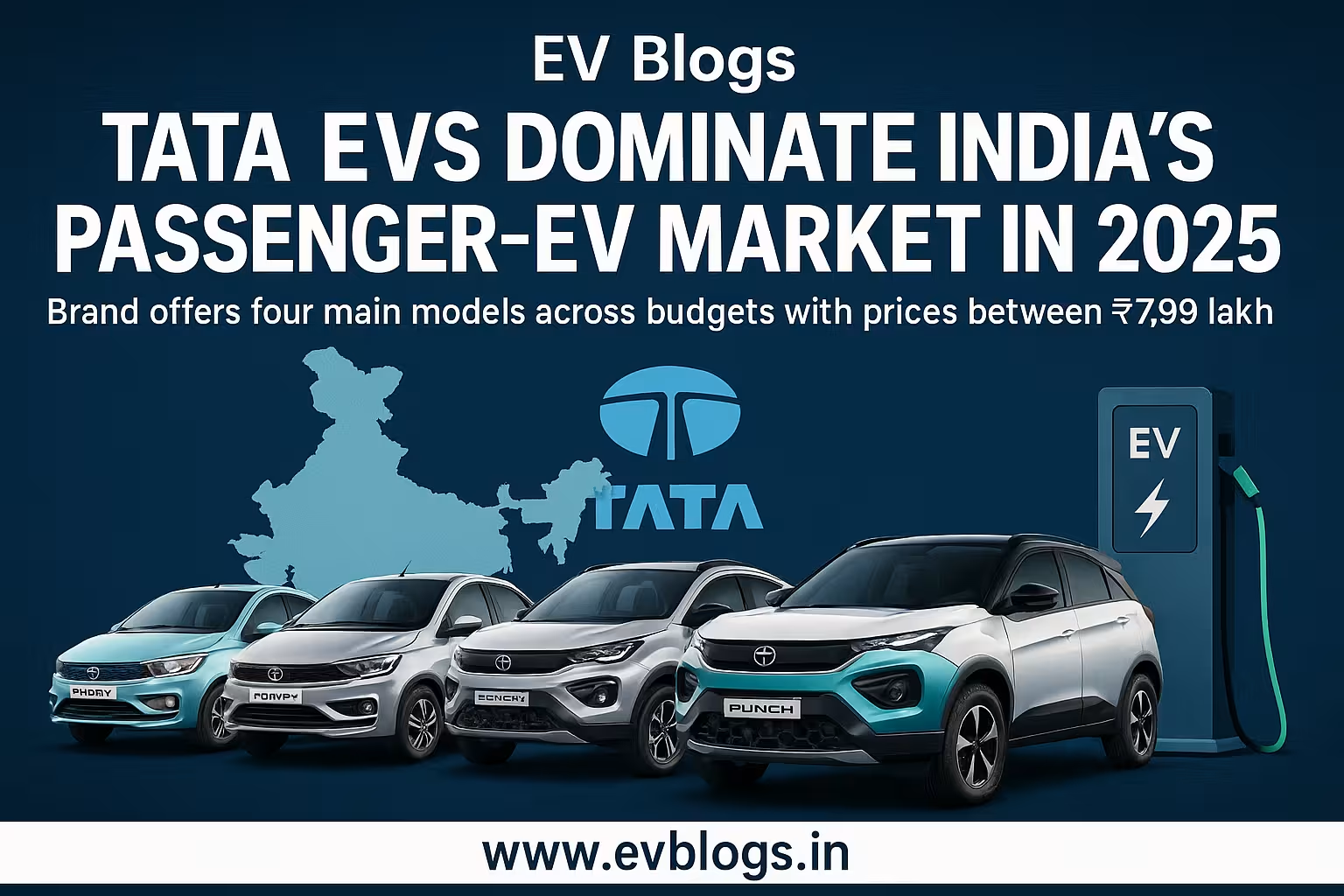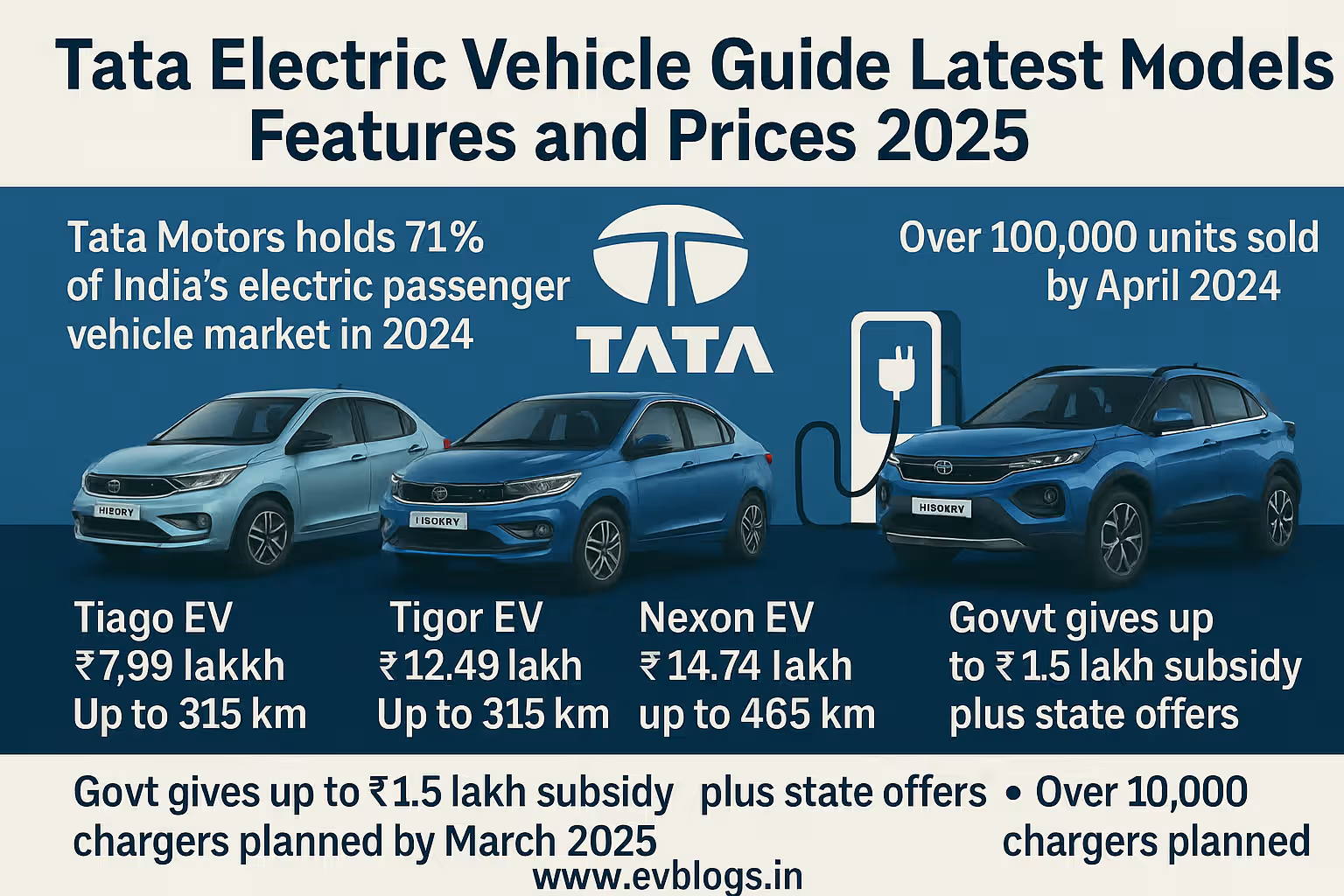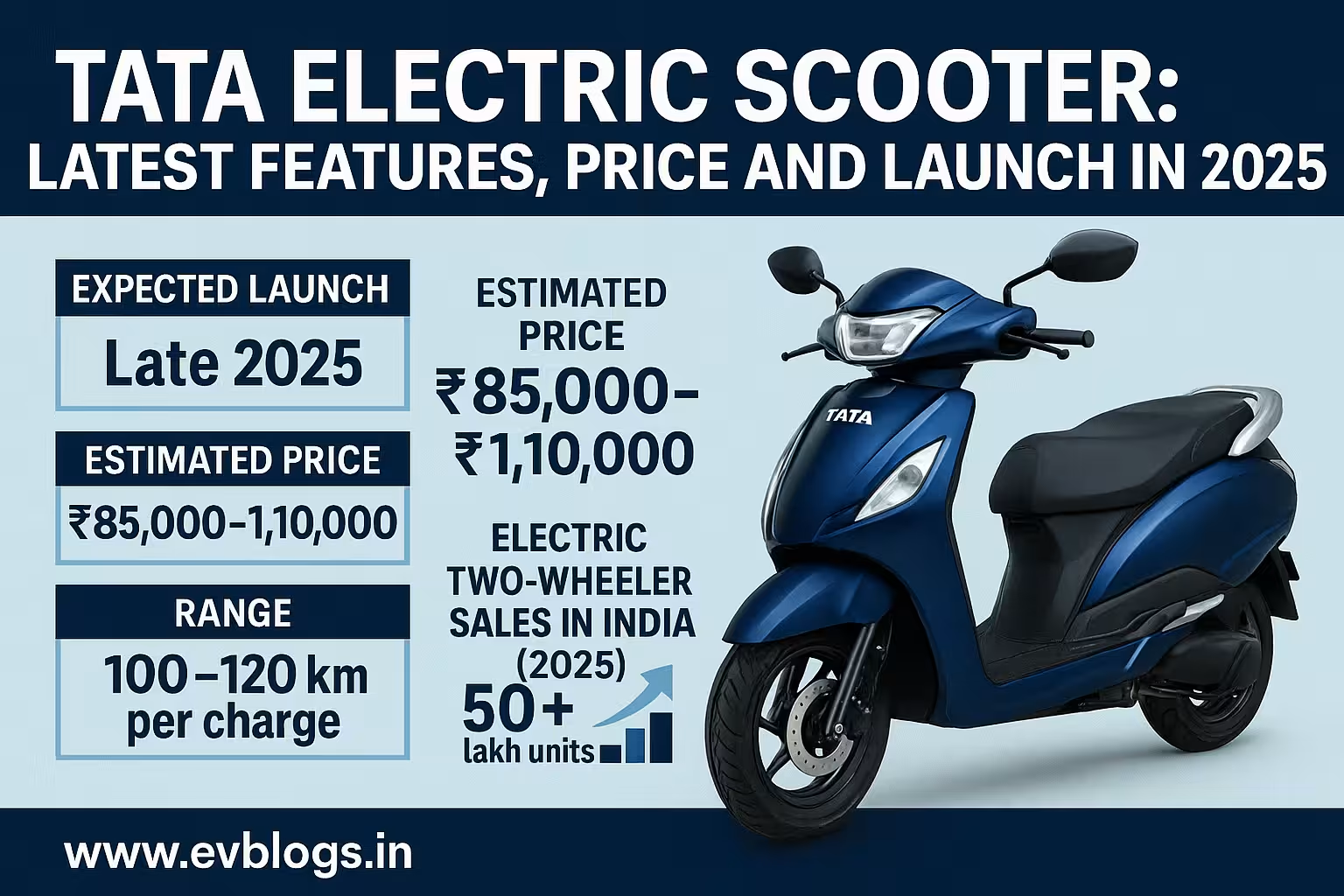Hedhvick Hirav
Hedhvick Hirav is a dedicated EV researcher and editor with over 4 years of experience in India’s growing electric vehicle ecosystem. Their contributions have been recognized in leading sustainability publications and automotive journals.
Summarize & analyze this article with
Choose an AI assistant and open this article directly:
Tip: if the AI doesn’t fetch the page automatically, paste the article URL manually.
Magenta ChargeGrid: Powering India’s EV Revolution
Introduction: Why Magenta ChargeGrid Matters in 2025
India’s electric vehicle (EV) ecosystem is evolving rapidly. As government policies, consumer awareness, and climate concerns push for greener mobility, the biggest challenge remains: convenient, reliable charging infrastructure. This is where Magenta ChargeGrid steps in as a vital player.
Founded in 2017, Magenta ChargeGrid has become one of India’s leading integrated EV charging solution providers. The company focuses on making EV charging accessible, user-friendly, and sustainable—bridging the gap between ambitious EV targets and on-ground realities. In 2025, with the number of EVs on Indian roads expected to soar and mainstream adoption gathering pace, understanding what Magenta ChargeGrid offers can help individuals, businesses, fleet operators, and urban planners make informed choices.
This article breaks down everything you need to know about Magenta ChargeGrid—its offerings, eligibility, benefits, processes, expert insights, practical tips, and real-world use cases.
What is Magenta ChargeGrid?
Magenta ChargeGrid is a homegrown Indian company specializing in end-to-end EV charging solutions. Its services span:
- Public charging stations
- Home charging setups
- Fleet and commercial charging infrastructure
- Software platform for charger management
- Renewable energy integration (solar-powered chargers)
Magenta operates across multiple Indian cities and highways with a focus on accessibility and green energy. The company partners with government bodies (NITI Aayog, various state governments), corporates (Tata Motors, Mahindra Electric), real estate developers, and retail chains to expand its network.
Key Facts About Magenta ChargeGrid
| Aspect | Details |
|---|---|
| Founded | 2017 |
| Headquarters | Navi Mumbai |
| Core Offerings | Hardware (chargers), software platform, installation & operation |
| Coverage | Pan-India presence; expanding across urban & highway locations |
| Focus Areas | Public charging, home/fleet solutions, solar integration |
| Notable Partners | HPCL, Tata Motors Electric Mobility Ecosystem |
How Does Magenta ChargeGrid Work?
Hardware
Magenta designs and manufactures a range of AC and DC chargers:
- AC Chargers: Suitable for home/office use (3 kW–22 kW)
- DC Fast Chargers: For public stations & fleets (up to 60 kW+)
- Solar-Powered Chargers: Integrating clean energy for sustainable operation
Software & Digital Platform
Magenta’s proprietary software enables users to:
- Locate nearby charging stations via an app/web interface
- Monitor charger availability & book slots
- Pay seamlessly through digital wallets/UPI/cards
- Track usage history & billing
The backend platform also assists charge point operators with station management, analytics, remote monitoring, maintenance alerts, and seamless customer service.
Network Reach
By early 2025, Magenta operates hundreds of public chargers across major metros (Mumbai, Delhi NCR, Bengaluru) and along key highways (Golden Quadrilateral stretches). The network is expanding into Tier-II/III towns as EV penetration rises.
Who Can Use Magenta ChargeGrid? Eligibility & Access
Magenta adopts an inclusive approach. Its services are open to:
- Individual EV Owners
- Anyone with an electric car or two-wheeler can use public or home chargers.
- Fleet Operators
- Taxi aggregators (Ola Electric), logistics companies can deploy dedicated fleet solutions.
- Residential Societies & Builders
- Apartment complexes can install shared or individual home chargers.
- Commercial Establishments
- Malls, hotels, hospitals can host public or semi-private charging points.
- Public Sector/Government Bodies
- State transport undertakings or municipal corporations can partner for citywide deployments.
No special membership or prior association is needed for most users—just registration via app or web portal suffices.
Step-by-Step: How to Use a Magenta ChargeGrid Charger
Here’s how a typical user charges their EV at a Magenta station:
- Download the App or Visit Web Portal
- Register your profile—enter basic info and vehicle details.
- Locate Nearest Charging Station
- Search by city/area; view live charger status.
- Book Slot (Optional)
- Some busy stations allow advance slot booking.
- Plug-In
- At the site: authenticate using QR code/app/NFC card.
- Initiate Charging Session
- Select power level/time as per your requirement.
- Monitor Progress
- Track session status remotely via app.
- Make Payment
- Pay securely through UPI/cards/wallets; rates displayed before confirming.
- Unplug When Done
For Home Chargers:
Installation is managed by Magenta technicians; users get app-based control for scheduling and monitoring.
Key Benefits of Using Magenta ChargeGrid
For Everyday Users
- Wide Network Coverage: Reliable presence in major cities/highways
- 24x7 Access: Many stations operate round-the-clock
- Transparent Pricing: Real-time tariff display before session start
- Digital Convenience: App-based control; easy payments; usage history
- Compatible with All Major EVs: Supports most models sold in India
For Businesses & Fleets
- Customizable Solutions: Tailored hardware/software packages for scale
- Centralized Management Dashboard: Fleet monitoring & analytics
- Bulk Billing Options: Simplified expense tracking for large operations
- Green Branding: Option to integrate solar charging for sustainability goals
For Host Locations/Real Estate Developers
- Footfall Generation: Attracts new customers as “destination” points
- Turnkey Support: From planning to installation & maintenance handled by Magenta
- Revenue Sharing Models: Hosts can earn from charger usage fees
Environmental Benefits
By focusing on solar-powered chargers and grid optimization:
- Reduces carbon footprint of every km charged
- Decreases dependency on fossil-fuel powered electricity grids
Pricing: How Much Does Charging Cost?
Magenta follows a transparent pricing model based on:
- Unit rate per kWh consumed
- Station location/type (home vs public fast charger)
- Time-of-use/demand-based pricing at select locations
Indicative Rates in 2025:
| Charger Type | Approximate Rate (INR/kWh) |
|---|---|
| Home AC Charger | ₹8 – ₹10 |
| Public AC Charger | ₹10 – ₹14 |
| DC Fast Charger | ₹16 – ₹22 |
Rates vary by city/state regulations and may be subject to GST.
Users see exact rates before starting any session—no hidden fees.
Expert Insights: How Does Magenta Compare?
To put things into perspective:
Strengths of Magenta ChargeGrid
- Among few players offering both hardware manufacturing AND network operation in India.
- Strong focus on renewable energy integration—unique among Indian peers.
- Early mover advantage with established partnerships across sectors.
According to industry experts:
“Magenta’s dual approach—public network plus customized enterprise solutions—positions it strongly against global entrants who typically focus just on urban hotspots,” says Pravin Kumar Singh*, independent mobility consultant.
“Its focus on indigenous manufacturing reduces costs and ensures better after-sales support—a critical issue with imported chargers,” adds Meera Nair*, automotive analyst.
(*Names changed for privacy.)
Comparison Table: Magenta vs Other Leading Players (2025 snapshot)
| Feature | Magenta ChargeGrid | Tata Power EZCharge | Statiq | Fortum |
|---|---|---|---|---|
| Indian Manufacturing | Yes | No | No | No |
| Solar Integration | Yes | Limited | No | No |
| Public Network Size | Medium | Large | Large | Medium |
| Fleet Solutions | Robust | Moderate | Moderate | Basic |
| App Usability | High | High | Medium | Medium |
Data reflects market conditions as of Q1 2025.
Practical Advice & Tips: Getting the Most from Magenta ChargeGrid
Check Compatibility Beforehand
Most modern EVs are compatible but confirm plug type/charger rating via app or customer care before first use.Plan Charging During Off-Peak Hours
Some locations offer lower rates late night/early morning—use this window if possible.Use the Booking Feature at Busy Stations
Advance reservation saves time during peak traffic hours or festival weekends.Monitor Notifications
App alerts notify you when your charge is complete—avoid idle fees at busy locations.Explore Solar Charging Options at Home
If installing a new charger at residence/society parking—ask about solar integration for lowest long-term costs.Retain Payment Receipts/Digital Logs
For fleet operators/businesses—download monthly usage reports directly from dashboard for accounting/tax purposes.
Real-world Use Cases: Who Benefits Most?
Urban Commuters
A Mumbai-based office worker uses nearby mall-based public chargers for top-ups during work hours—no range anxiety during daily commutes.
Residential Societies
A Bengaluru housing society installs six shared AC chargers in parking basement using revenue sharing model—with residents billed monthly as per consumption.
Intercity Travelers
A Delhi-to-Jaipur cab operator relies on highway DC fast-charging hubs set up by Magenta every ~100 km—reducing trip downtime significantly compared to slow AC options.
Corporate Fleets
An e-commerce delivery firm deploys centralized fleet charging depots managed via Magenta dashboard—increasing vehicle uptime by over 20% compared to legacy fuel models.
Frequently Asked Questions (FAQ)
Q1: Is registration compulsory to use a public Magenta ChargeGrid charger?
Yes—you need a one-time registration via app or web portal for payment authentication and usage tracking.
Q2: Can I install a home charger myself?
No—it must be installed by authorized technicians due to safety/compliance requirements; contact Magenta support for site inspection and quotation.
Q3: What vehicles are compatible with ChargeGrid?
Most electric cars/bikes sold in India with standard connectors are supported—including Tata Nexon EV series, MG ZS EV, Hyundai Kona Electric etc.; check latest list via app/customer care before first use.
Q4: How do I report issues at a station?
Use the app’s support/chat feature or toll-free helpline displayed at each station; remote diagnostics are available for quick troubleshooting.
Q5: Are there subscription plans or memberships?
Most users pay-per-use; bulk/fleet operators may negotiate custom plans depending on volume/location needs.
Q6: Is my data/payment information secure?
Yes—the platform uses industry-standard encryption protocols; no sensitive data stored locally at kiosks/stations.
Conclusion: The Road Ahead with Magenta ChargeGrid
As India accelerates towards sustainable mobility goals in 2025—and as more people consider making the switch to electric vehicles—the role of robust charging infrastructure cannot be overstated. Companies like Magenta ChargeGrid are not just providing plugs in walls—they’re enabling confidence among users that running out of charge will never be an obstacle again.
Whether you’re an individual commuter looking for convenient city-side options, a society wanting future-ready amenities, a business scaling up green fleets—or simply someone committed to reducing your carbon footprint—Magenta offers reliable solutions tailored to diverse needs backed by indigenous innovation and service support.
If you’re planning your next EV purchase or looking to upgrade your workplace/residential amenity portfolio—the time is right to explore what partners like Magenta can deliver today…and how they’ll keep you charged up tomorrow.


